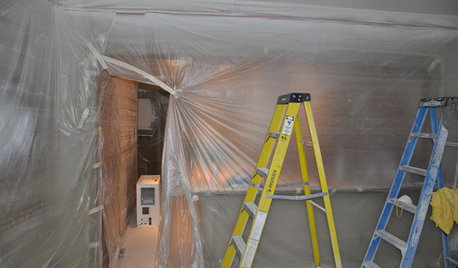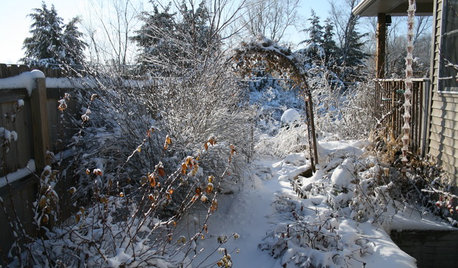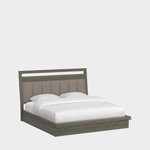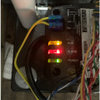Window AC - Bad Cap, Cutoff, or is Compressor Toast?
4 years ago
Related Stories

LIFE6 Ways to Cool Off Without Air Conditioning
These methods can reduce temperatures in the home and save on energy bills
Full Story
LIFE7 Things to Do Before You Move Into a New House
Get life in a new house off to a great start with fresh paint and switch plates, new locks, a deep cleaning — and something on those windows
Full Story
LIFEHow to Prepare for and Live With a Power Outage
When electricity loss puts food, water and heat in jeopardy, don't be in the dark about how to stay as safe and comfortable as possible
Full Story
MOST POPULAR11 Things to Expect With Your Remodel
Prepare yourself. Knowing what lies ahead during renovations can save your nerves and smooth the process
Full Story
LIFEHouzz Call: Show Us Your Nutty Home Fixes
If you've masterminded a solution — silly or ingenious — to a home issue, we want to know
Full Story
SELLING YOUR HOUSE10 Low-Cost Tweaks to Help Your Home Sell
Put these inexpensive but invaluable fixes on your to-do list before you put your home on the market
Full Story
FUN HOUZZDon’t Be a Stickybeak — and Other Home-Related Lingo From Abroad
Need to hire a contractor or buy a certain piece of furniture in the U.K. or Australia? Keep this guide at hand
Full Story
LIFE6 Ways to Beat the Winter Blahs
Snow and dark days dampening your spirits? These ideas will have you looking on the bright side
Full Story
MOVINGHome-Buying Checklist: 20 Things to Consider Beyond the Inspection
Quality of life is just as important as construction quality. Learn what to look for at open houses to ensure comfort in your new home
Full Story
MOST POPULARCrowd-Pleasing Paint Colors for Staging Your Home
Ignore the instinct to go with white. These colors can show your house in the best possible light
Full StoryMore Discussions







dadoes
K. BlackOriginal Author
Related Professionals
Richmond Solar Energy Systems · Teaneck Solar Energy Systems · Wakefield Solar Energy Systems · Cutler Bay Home Automation & Home Media · Plant City Home Automation & Home Media · North Ogden Fireplaces · Amherst Kitchen & Bathroom Designers · Soledad Kitchen & Bathroom Designers · Lindenhurst Cabinets & Cabinetry · Mount Holly Cabinets & Cabinetry · Charleston Furniture & Accessories · Franklin Furniture & Accessories · Redmond Furniture & Accessories · San Elizario Furniture & Accessories · Walker Lightingkevinande
dadoes
K. BlackOriginal Author